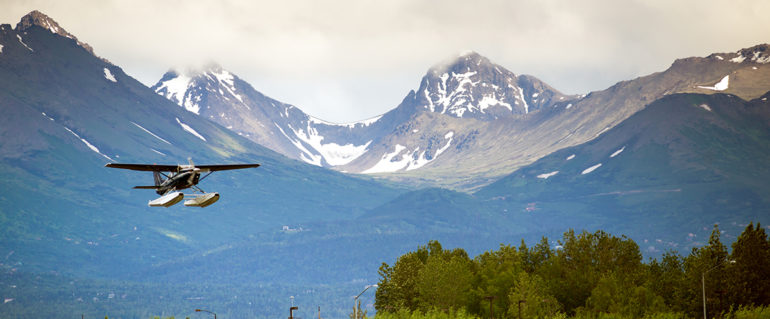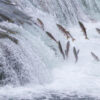Myths and Facts about Alaska’s 24-Hour Sunlight and Darkness
Even though it is the largest state in the US, Alaska’s population is sparse. With 24-hour daylight during the summer months and 24-hour darkness during the winter, many people find Alaska to be a strange and mysterious place. Here are some debunked myths about the unusual daylight patterns of Alaska.
1. Alaska Gets Six Months of 24-Hour Sunlight and Darkness
Interestingly, this myth was perpetrated by our science books for many years. Only the furthest north and south points have equal parts daylight and darkness throughout the year, and Alaska isn’t north enough to experience six months of either extreme.
The 24-hour daylight and darkness still happen in Alaska, just less so. Barrow is one of Alaska’s northernmost cities and gets complete darkness for two months out of the year. During the summer, the sun doesn’t completely set in Barrow from early May until the end of July.
2. You Can’t Grow Anything in Alaska
With 24-hour darkness (or close to it!) for much of the year along with regular snowfall, many people assume Alaska doesn’t have an agriculture industry. On the contrary! Even though their window is smaller than the rest of the US, the long hours of sunlight create quite a bounty during the spring and summer months. Some of Alaska’s produce grow huge too. Alaska has won world records for their 76-pound rutabaga and 127-pound cabbage.
Another thing to consider is supply and demand. Produce is very expensive to import from out of state, so innovative farmers are using land that is either rich from volcanic soil or greenhouses to grow year-round. With over 700+ farms and counting, Alaska is making a name for themselves in potatoes, beets, and other seasonal produce.
3. 24-Hour Light Means the Sun is Always Out
When we think of bright summers or dark winters in Alaska, we’re usually thinking of extremes. Alaska and many other northern parts of the world experience long periods of twilight. There are several types of twilight that happen throughout the months that southern states don’t consider.
During civil twilight, the sun is less than 6 degrees beneath the horizon. Civil twilight is still bright enough for daytime activities to take place, even if you can’t directly see the sun. At 12 degrees beneath the horizon, this is just at the tail end of nautical twilight, which means it’s harder to know where the horizon ends, and the sea begins.
Lastly, at 18 degrees, is astronomical twilight. Astronomical twilight often happens during what people consider many months of “darkness,” but is still technically twilight.
4. Your Body Loses Track of Time
Humans have a natural circadian rhythm that can be thrown off kilter by too much sunlight or darkness. In Alaska, it’s only magnified. People have reported feelings of jetlag during the transitional weeks of these two extremes, feeling unusually tired or foggy-brained. When the sunlight finally comes back in full force during early spring, many have reported “spring mania,” extra happiness, and a sense of energy. By summer, many people partake in midnight sun rituals like going fishing at 10 pm.
Snow or shine, dark or light, Alaska Air Forwarding has been serving Alaska since 1965. We’re experienced in navigating Alaska’s wild terrain and look forward to serving your shipping needs to Alaska.






